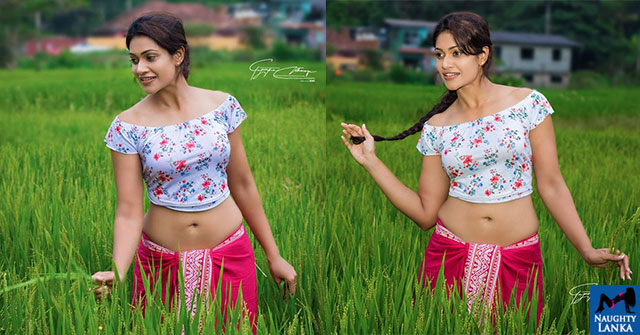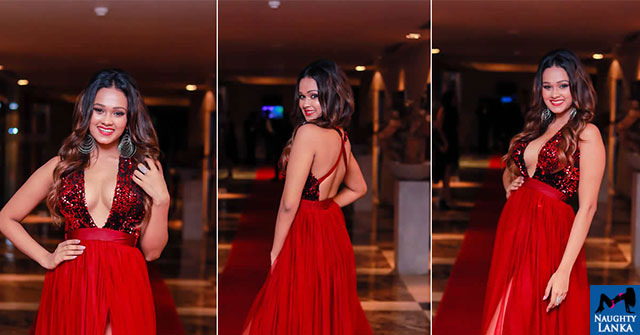In seed selection size is another point to hold in mind. Now we know Chulakshi Ranathunga Red Long Dress no way of telling anything about the plants from which this special collection of seeds came. So we must give our entire thought to the seeds themselves. It is quite evident that there is some choice; some are much larger than the others; some far plumper, too.

By all means choose the largest and fullest seed. The reason is this: When you break open a bean and this is very evident, too, in the peanut you see what appears to be a little plant. So it is. Under just the right conditions for development this ‘little chap’ grows into the bean plant you know so well.
This little plant must depend for its early growth on the nourishment stored up in the two halves of the bean seed. For this purpose the food is stored. Beans are not full of food and goodness for you and me to eat, but for the little baby bean plant to feed upon.
And so if we choose a large seed, we have chosen a greater amount of food for the plantlet. This little plantlet feeds upon this stored food until its roots are prepared to do their work. So if the seed is small and thin, the first food supply insufficient, there is a possibility of losing the little plant.
You may care to know the name of this pantry of food. It is called a cotyledon if there is but Chulakshi Ranathunga Red Long Dress, cotyledons if two. Thus we are aided in the classification of plants. A few plants that bear cones like the pines have several cotyledons. But most plants have either one or two cotyledons.
Photo Credits: Gayantha Withanage
Photography














